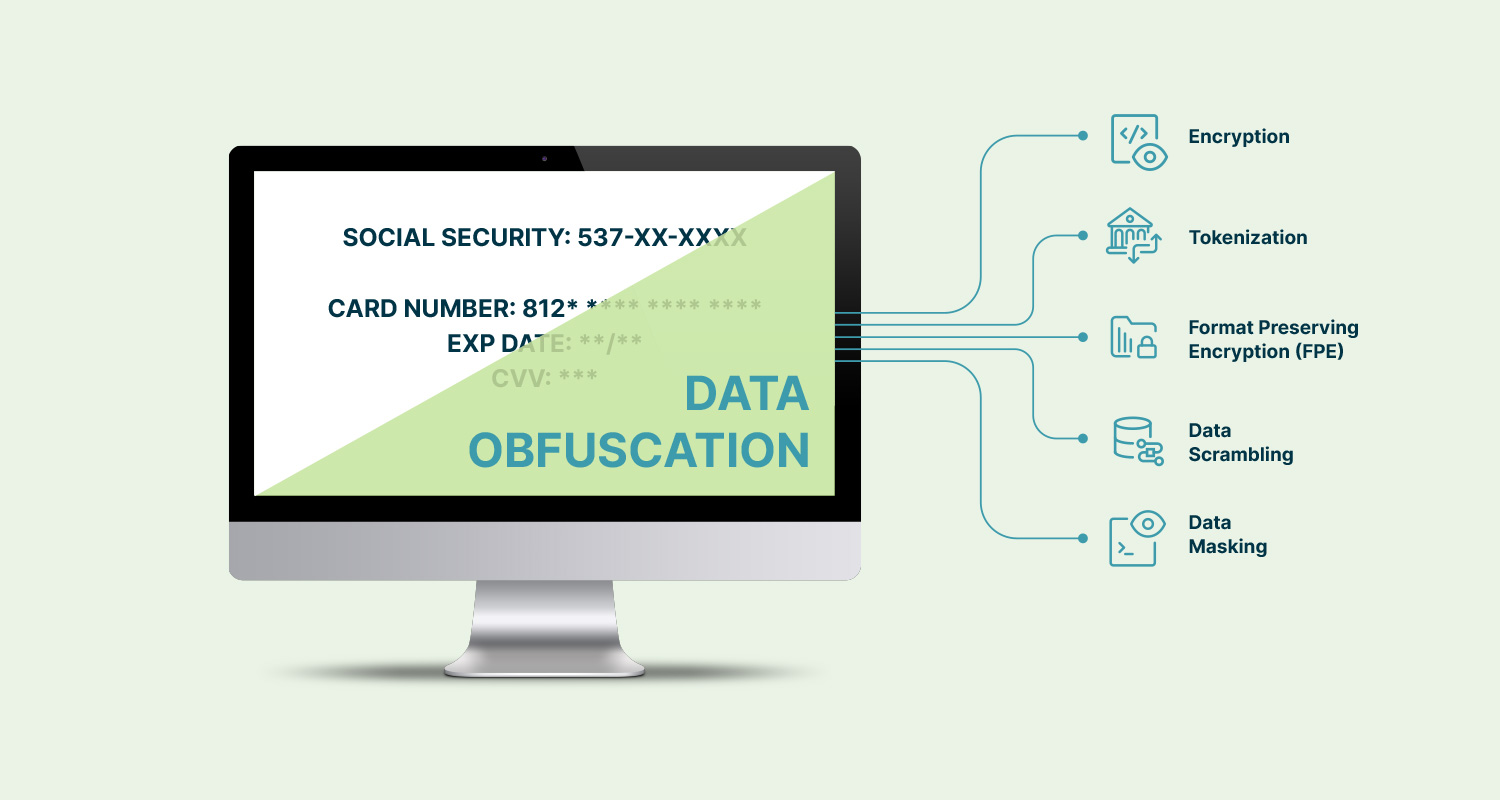With the coronavirus interrupting business operations in the United States and around the world, public officials have discussed the possibility of a federal backstop for business interruption and event cancellation claims that occur because of a pandemic or public health emergency. Talk turned to action when Rep. Carolyn Maloney, D-N.Y. introduced legislation on May 26, 2020 that would establish a federal pandemic risk reinsurance program.
The PRIA
The legislation, H.R. 7011, “the Pandemic Risk Insurance Act of 2020” (PRIA), would be triggered when insurance industry losses exceed $250 million. An aggregate annual total would max out at $750 billion. The bill mirrors many of the fundamental mechanics of the Terrorism Risk Insurance Act (TRIA) which was established in the wake of September 11, 2001 to help provide adequate terrorism coverage in the United States. However, unlike TRIA, insurer participation in the program would not be mandatory. The current bill is voluntary in nature and allows for insurers to essentially receive reinsurance coverage from the U.S. Secretary of the Treasury, subject to various retentions, deductibles and limits thereon, only if they choose to participate.
The legislation comes in response to many small business owners who sought cover from insurance policies and were surprised to find they did not cover interruption caused by the current coronavirus pandemic. While the program would not apply to the current crisis, it would apply to pandemics occurring after January 1, 2021. A few details of the proposed legislation include the following:
- Covered public health emergencies would be certified by the Secretary of Health and Human Services
- The aggregate annual coverage cap would be $750 billion
- The definition of “Insurer” in the bill includes captives and self-insurance arrangements
Under Maloney’s plan, the federal government would cover 95 percent of losses after a five percent deductible is met. H.R. 7011 is supported by many business and trade associations, as well as several large insurers. Questions surrounding how the Act will be funded have been raised given the fact that insurer participation is voluntary, and no premiums are required to be charged by the government to insurers.
Pushback from Insurers
Not everyone is on board with Maloney’s proposal. In a joint press release, the National Association of Mutual Insurance Companies (“NAMIC”), the American Property Casualty Insurance Association (“APCIA”) and the Independent Insurance Agents & Brokers of America (“IIA”) stated that “a TRIA-like program, with an industry financial role, does not square with the fundamental notion that pandemics are not insurable risks.”
Instead, NAMIC, APCIA and IIA have unveiled the “Business Continuity Protection Program” or “BCPP” that would be designed to provide payroll assistance (up to 80% of payroll), employee benefits and operating expenses triggered by a presidential viral emergency declaration. Like PRIA, the BCPP would be voluntary in nature and assistance would be provided through state-regulated insurance entities.
At this time, there is not significant optimism regarding the BCPP’s future, with Rep. Maloney remarking that it is “not going to pass”.
Additional Resources on this Topic
- May 26, 2020 – Rep. Maloney Joins with Industry and Trade Association Leaders to Introduce the Pandemic Risk Insurance Act
- May 19, 2020 – P/C Insurers Back a Federal Pandemic Loss Fund But Not a Backstop Like TRIA
- April 21, 2020 – Pandemic Risk Insurance Act and the Future of Business Interruption Insurance
- March 23, 2020 – Pandemic Risk Insurance Act of 2020: Proposed Legislation in Response to COVID-19
Disclaimer: This content is intended for informational purposes only and should not be construed as legal, medical or tax advice. It provides general information and is not intended to encompass all compliance and legal obligations that may be applicable. This information and any questions as to your specific circumstances should be reviewed with your respective legal counsel and/or tax advisor as we do not provide legal or tax advice. Please note that this information may be subject to change based on legislative changes. © 2020 Sequoia Benefits & Insurance Services, LLC. All Rights Reserved



